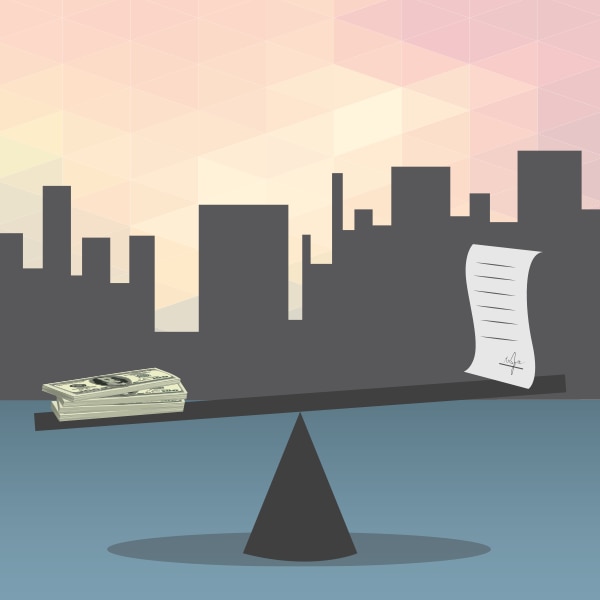For business owners who need certain equipment like computers, machinery, or vehicles to operate, there is a lot to consider. Beyond simply weighing the overall costs of buying or leasing a piece of equipment, you also need to consider maintenance, tax deductions, flexibility and more.
When you start narrowing down on the type of equipment your business needs, it’s a good idea to thoroughly consider the pros and cons of leasing versus buying. In certain circumstances, the cost-benefit of one option may strongly outweigh the other.








